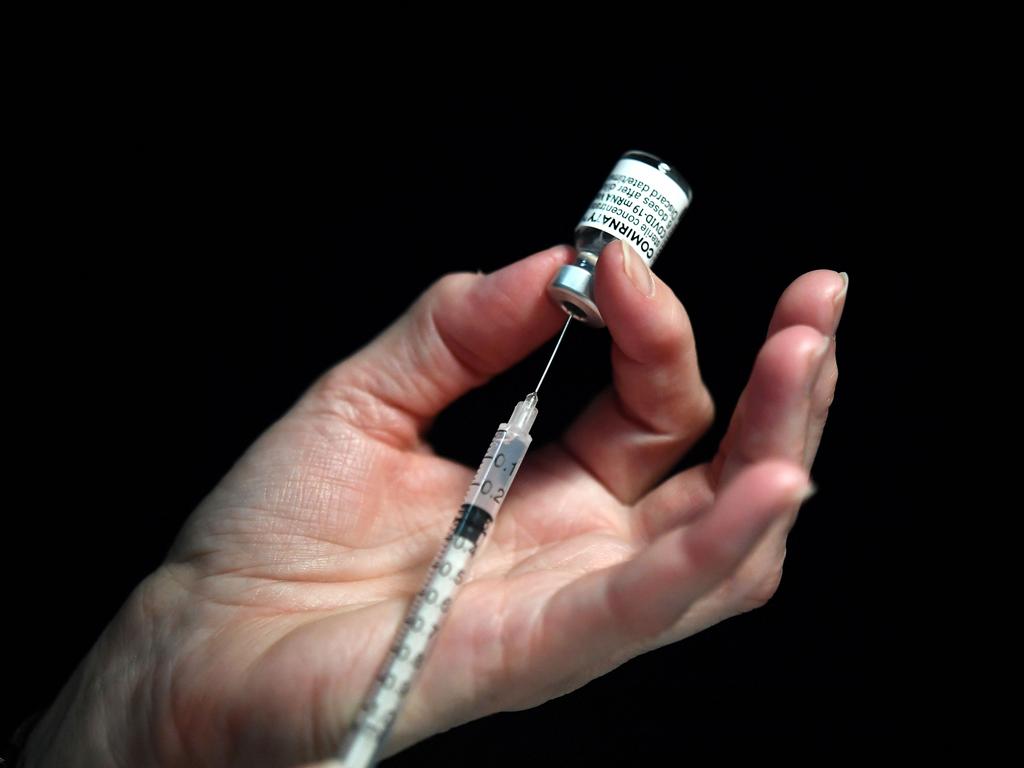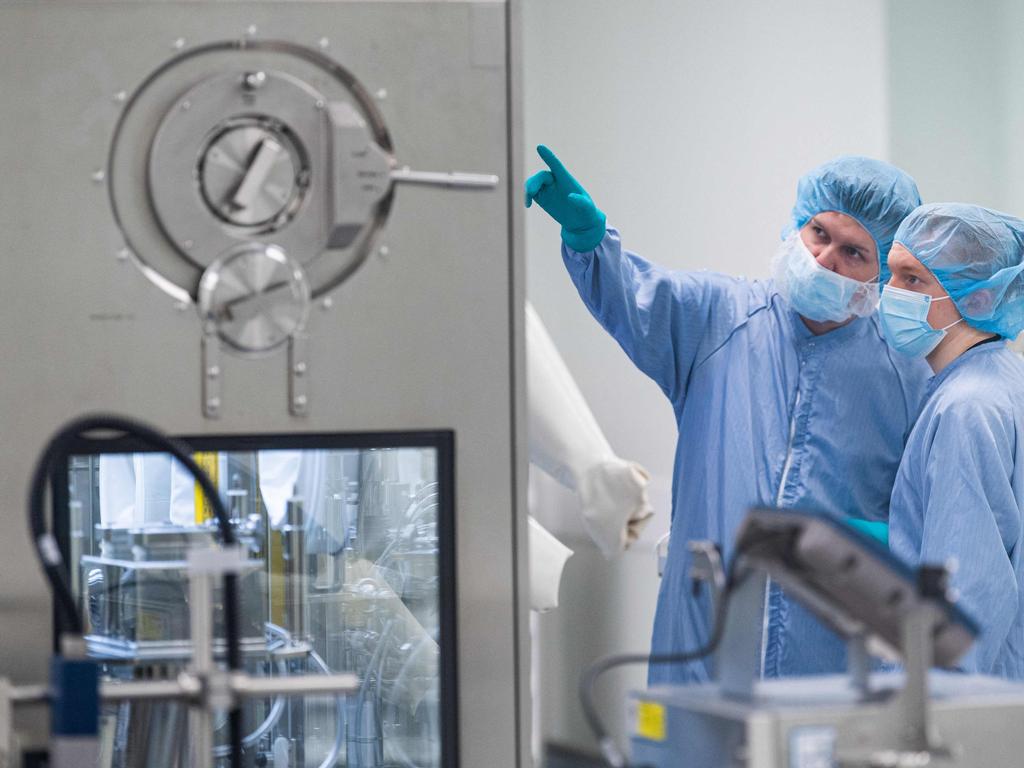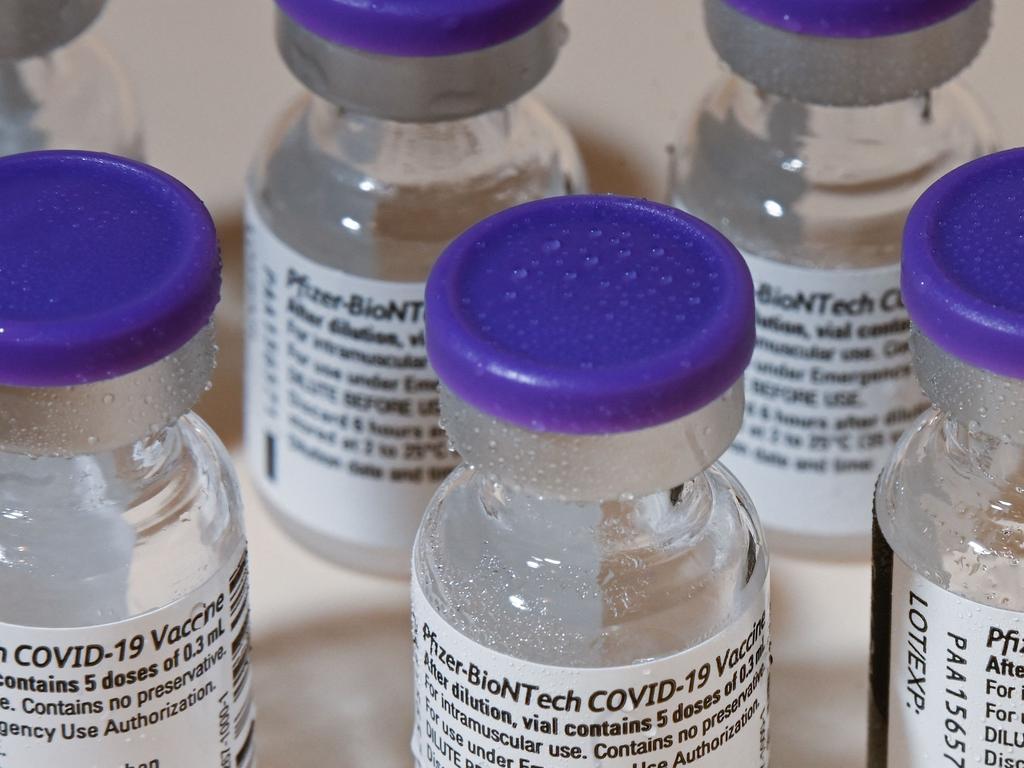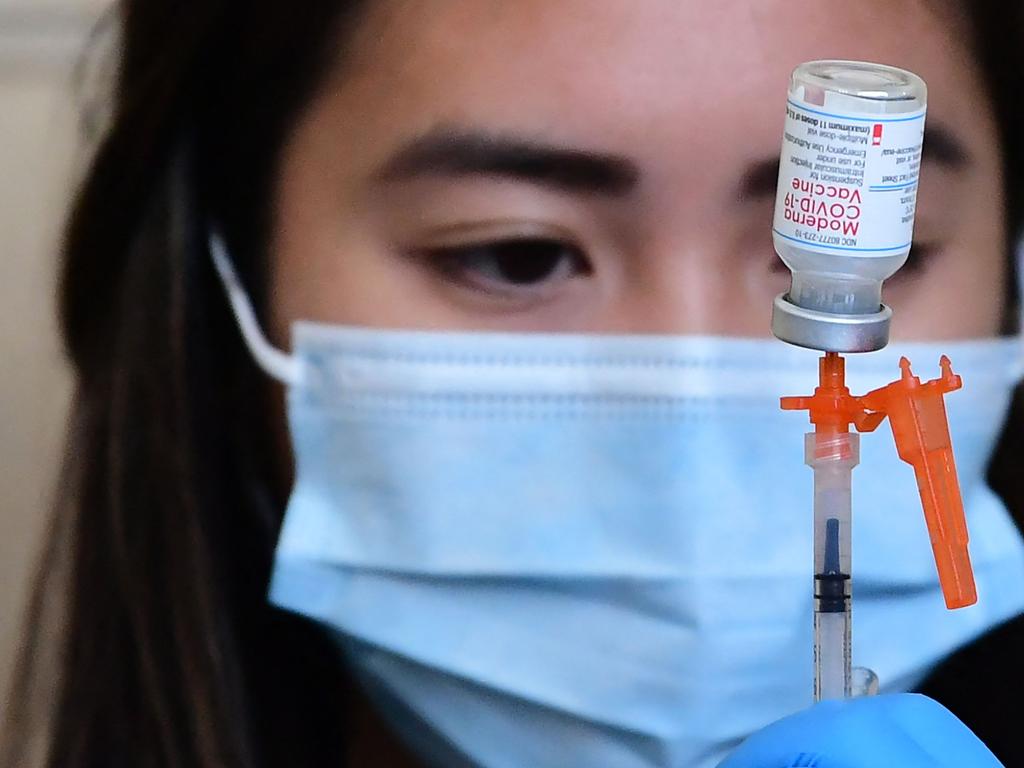Scientist claims ‘smoking gun’ evidence Covid created by researchers in Chinese lab
Covid-19 may have been created in a Chinese lab, a British professor has revealed, with more bio-experts claiming a growing body of evidence.
Health
Don't miss out on the headlines from Health. Followed categories will be added to My News.
Covid-19 may have been created in a Chinese lab, a New Jersey-based professor told the UN, with another biosecurity expert claiming that evidence of the likelihood has reached “the level of a smoking gun.”
Richard H. Ebright, a molecular biologist at Rutgers University in the United States, was quoted saying in the Wall Street Journal that the virus that killed millions around the world may have been man-made in China’s Wuhan Institute of Virology after all.
Dr Ebright, who is on the Board of Governors and a Professor of Chemistry and Chemical Biology at Rutgers, sounded the alarm on the extent of the US-backed research in Wuhan some time ago, posting about it on Twitter in 2021.
"NEWLY RELEASED documents provide details of US-funded research on..coronaviruses at the Wuhan Institute of Virology..The Intercept has obtained more than 900 pages of documents detailing..work of..EcoHealth Alliance..at the Chinese lab.."https://t.co/n3OkFAq3kM
— Richard H. Ebright (@R_H_Ebright) September 7, 2021
Last week, he cited evidence found in a 2018 document from the lab that talked of making such a virus.
“[The document] elevates the evidence provided by the genome sequence from the level of noteworthy to the level of a smoking gun,” Ebright said in the piece by former New York Times editor and science reporter Nicholas Wade.
The papers from the lab cited by Dr Ebright contained drafts and notes regarding a grant proposal called Project DEFUSE, which sought to test engineering bat coronaviruses in a way that would make them more easily transmissible to humans.
COVID: summary of lab-origin hypothesis:
— Richard H. Ebright (@R_H_Ebright) September 5, 2022
1) Pandemic caused by a bat SARS-like coronavirus emerged in Wuhan--a city 1,000 miles from nearest wild bats with SARS-like coronaviruses, but that contains labs conducting world's largest research program on bat SARS-like coronaviruses.
The proposal was ultimately rejected and denied funding by the US Defense Advanced Research Projects Agency, but the article suggests that their work could have been carried on by researchers in Wuhan who had secured backing from the Chinese government.
“Viruses made according to the DEFUSE protocol could have been available by the time Covid-19 broke out, sometime between August and November 2019,” wrote Wade.
“This would account for the otherwise unexplained timing of the pandemic along with its place of origin.”

The article claims the specific genetic structure of the coronavirus that allowed it to infect humans served as another strong indication of “the virus’s laboratory birth.”
“Whereas most viruses require repeated tries to switch from an animal host to people, SARS-CoV-2 infected humans out of the box, as if it had been preadapted while growing in the humanised mice called for in the DEFUSE protocol,” Wade wrote.
While scientists continue to debate whether the coronavirus pandemic was a natural occurrence or man-made, Dr Ebright said there was credibility that the work proposed by the now-controversial EcoHealth Alliance led to the development of Covid-19.
The 2018 documents were published by US Right to Know through a Freedom of Information Act request and help provide clearer evidence that the virus was created in a lab.
Those documents contained notes regarding Project DEFUSE and how to synthesise bat coronaviruses to make them more transmissible.


For example, researchers proposed introducing “appropriate human-specific cleavage sites” to the spike proteins of SARS-related viruses in the lab, the same method several biologists have said could have been used to synthesise the coronavirus that led to the pandemic.
Researchers had planned to conduct a portion of the research at the Wuhan lab where they noted that safety conditions were not up to US standards, to the point where they claimed American scientists would “likely freak out.”
But a spokesperson for EcoHealth Alliance said its research played no role in the start of the pandemic and “(b)ecause the work was not selected for funding, any assertions about these details are by definition based on review of incomplete information and are extremely misleading.”
However, while the lab-created and lab-leak theories continue to be debunked, and Covid-19’s origins remain a mystery, other experts are joining Dr Ebright in his beliefs.

Dr. Filippa Lentzos, an associate professor of science and international security at King’s College London, believes in the possibility that the virus was synthesised.
Dr Lentzos’s X profile describes her work as “critically analysing biothreats, biosecurity and biorisk management.”
Speaking before the UN in New York on Wednesday, Dr Lentzos presented the work of the Independent Task Force on Research with Pandemic Risks, which calls on global scientists to follow stricter regulations.
“We have to acknowledge the fact that the pandemic could have started from some research-related incident,” Dr Lentzos said, according to The Telegraph.
“Are we going to find that out? In my view, I think it’s very unlikely that we will. We need to do better in the future,” she added. “We are going to see more ambiguous events.”
SHOCK NEW COVID JAB HEALTH RISK FINDING
Covid jabs have been linked to rare occurrences of heart, brain and blood disorders, a worrying study by researchers in Australia and New Zealand has revealed.
Pfizer, Moderna and AstraZeneca vaccines were found to cause a slight spike in neurological, blood and heart-related medical conditions, according to the findings from the Global Vaccine Data Network.
The massive global study, hosted by the University of Auckland and further worked on by network researchers in Melbourne, analysed 99 million people who received jabs in eight countries and monitored for increases in 13 medical conditions.

Rare cases of myocarditis — inflammation of the heart muscle — were found in those who had received three doses of Pfizer and Moderna’s Covid jabs, the study, published in the journal Vaccine, found.
Those who got a third AstraZeneca jab had a 6.9-fold increased risk of contracting another heart condition, pericarditis, the inflammation of the cardiac muscle, a statement from the University of Auckland said.

A first and fourth dose of Moderna’s Covid jab had a 1.7-fold increased risk of myocarditis and a 2.6-fold increased risk of pericarditis, respectively.
AstraZeneca’s viral-vector shots — which differs from the mRNA technology of the Pfizer and Moderna vaccines — proved to have an increased risk of a type of blood clot in the brain.
Disturbingly, the study found people who received AstraZeneca’s jab had a 2.5 times greater risk of developing Guillain-Barre syndrome, a rare neurological disorder in which the immune system attacks the nerves.


Possible safety signals for transverse myelitis, a spinal cord inflammation, were identified after patients received viral-vector vaccines.
Acute disseminated encephalomyelitis, the inflammation and swelling in the brain and spinal cord, were also detected after both viral-vector and mRNA vaccines, the researchers found.
The experts examined 13 medical conditions that they considered “adverse events of special interest” among the subjects, aiming to identify higher-than-expected cases after a vaccine.
“The size of the population in this study increased the possibility of identifying rare potential vaccine safety signals,” lead author Kristyna Faksova of the Department of Epidemiology Research, Statens Serum Institut in Denmark, said in a release.
“Single sites or regions are unlikely to have a large enough population to detect very rare signals,” she added.
Dr Steven Black, co-director of the Global Vaccine Data Network, said: “GVDN supports a co-ordinated global effort to assess vaccine safety and effectiveness so that vaccine questions can be addressed in a more rapid, efficient, and cost-effective manner.
“We have a number of studies underway to build upon our understanding of vaccines and how we understand vaccine safety using big data.”
More Coverage
Originally published as Scientist claims ‘smoking gun’ evidence Covid created by researchers in Chinese lab








